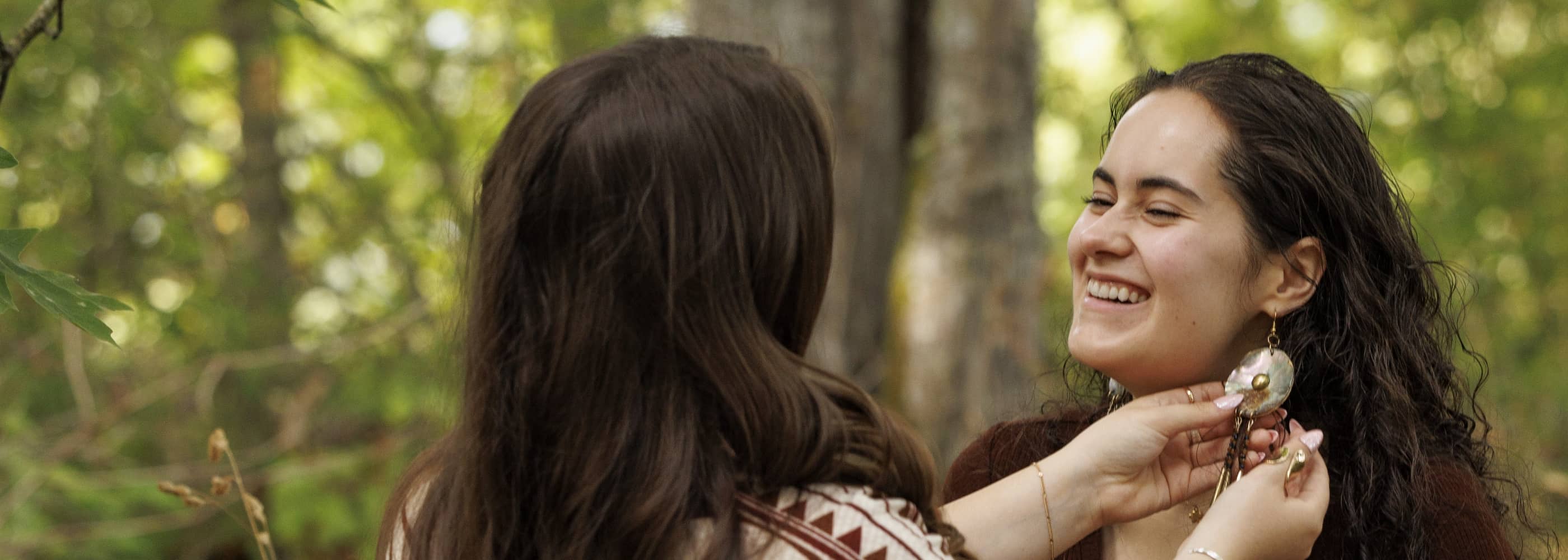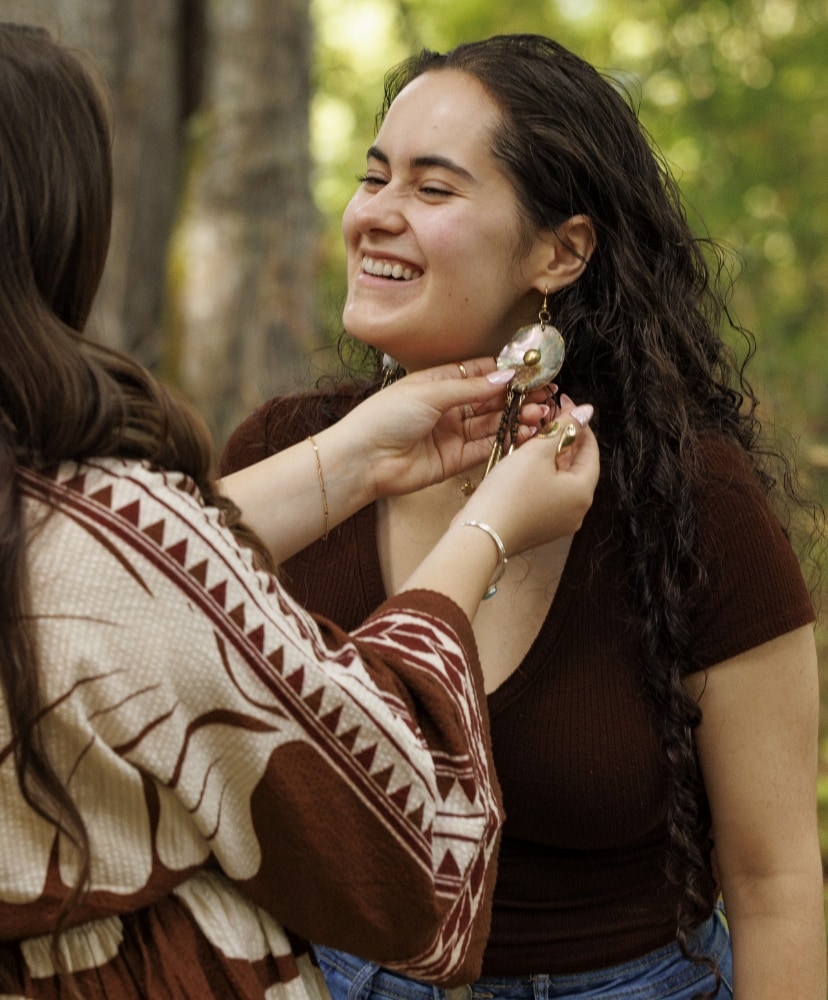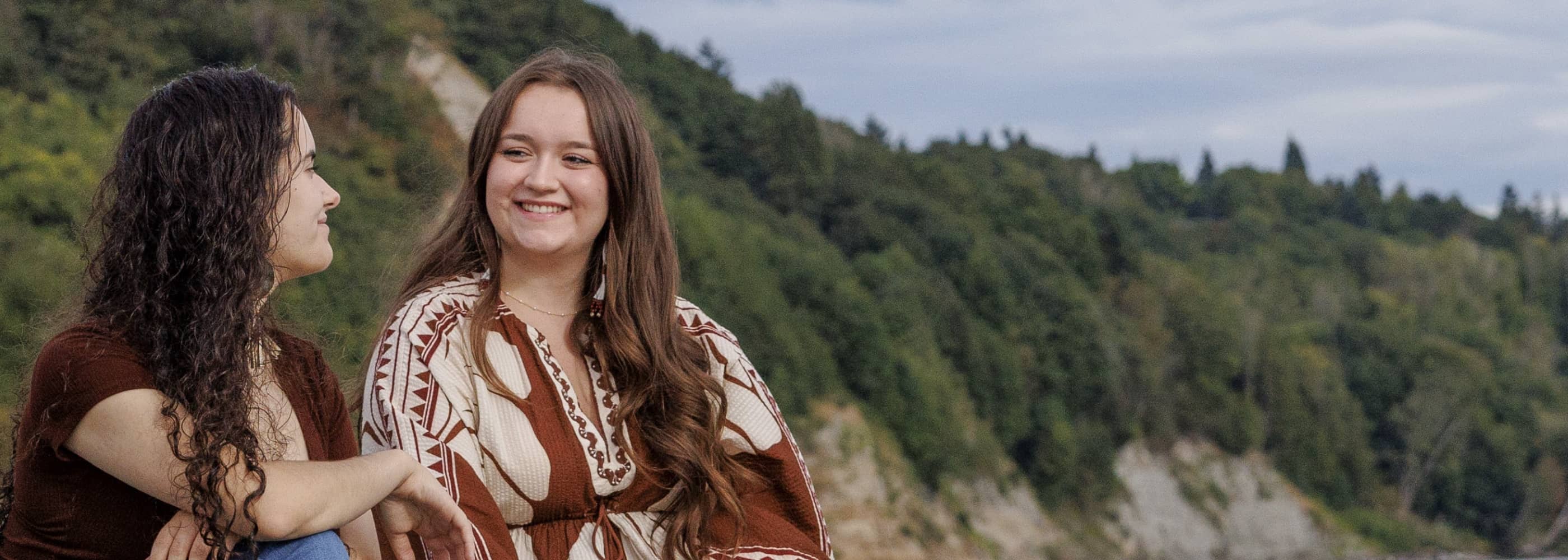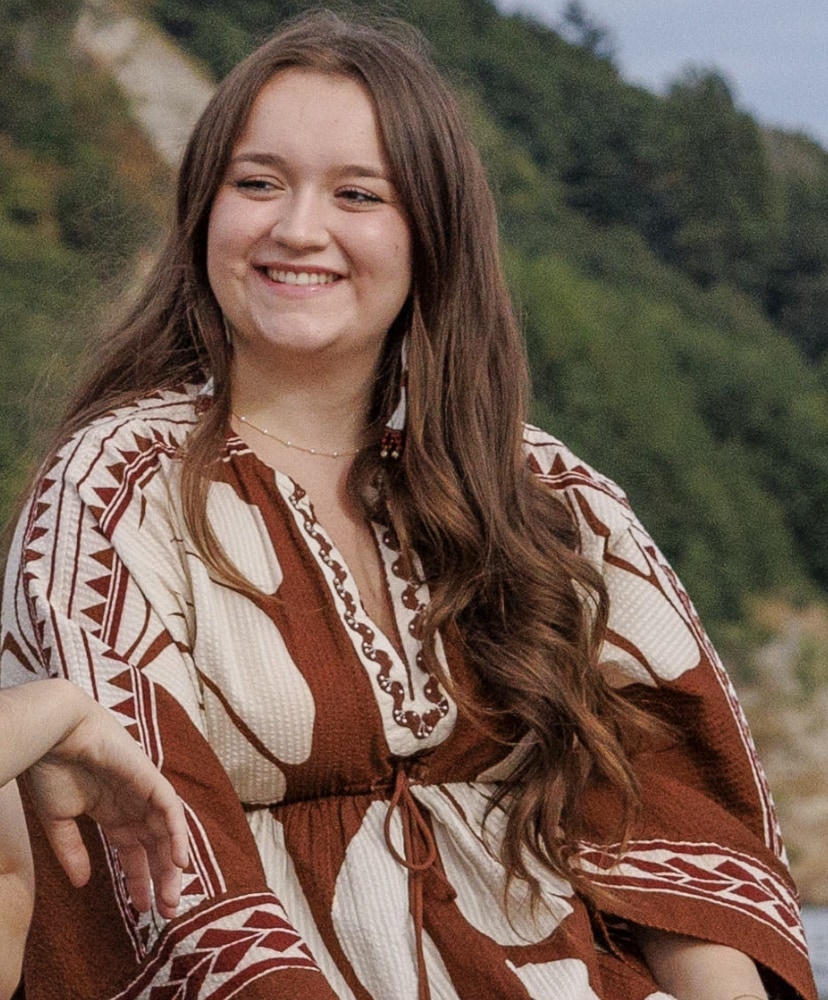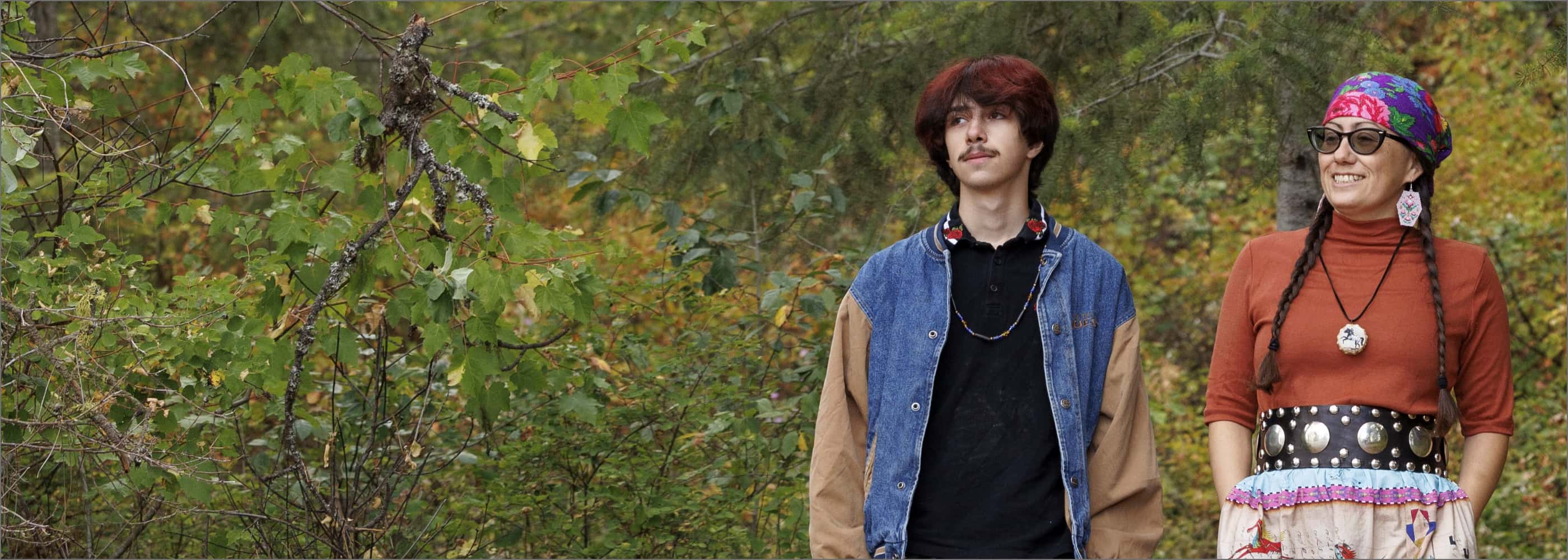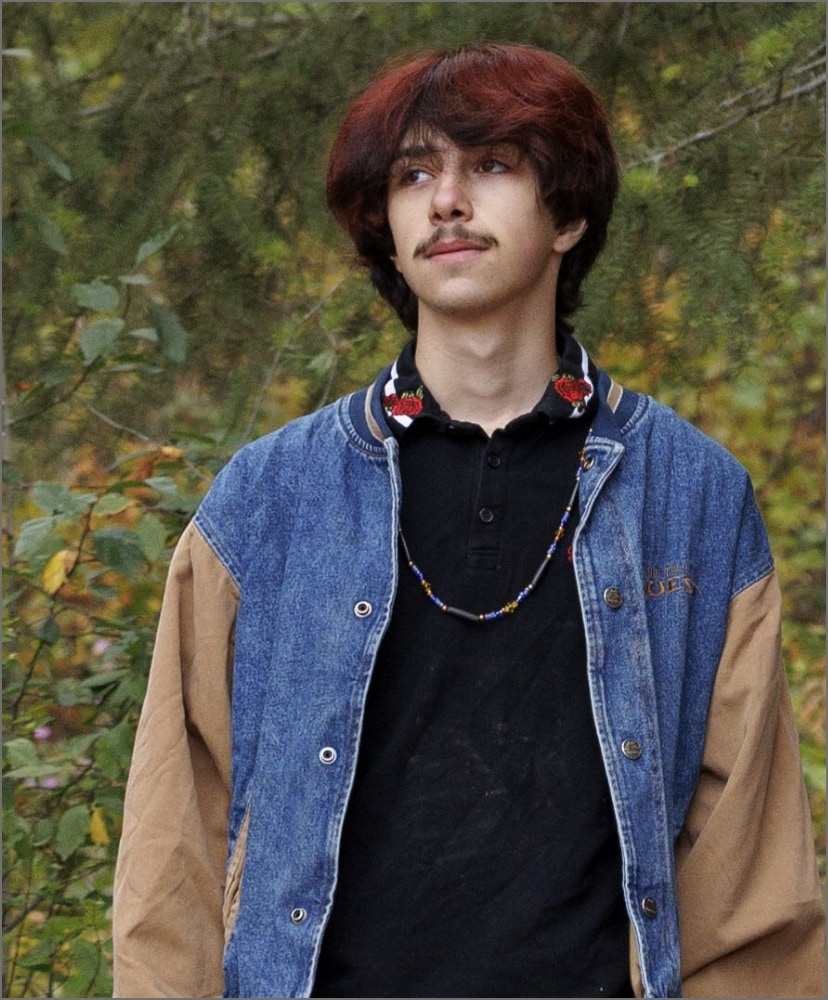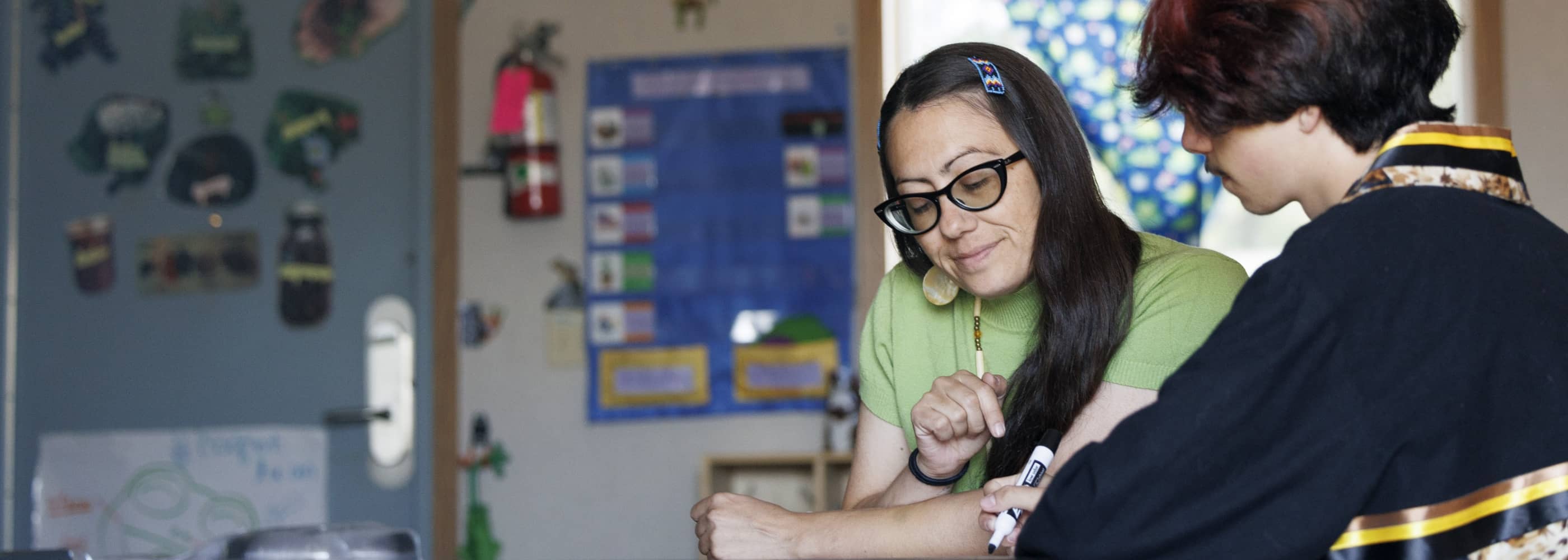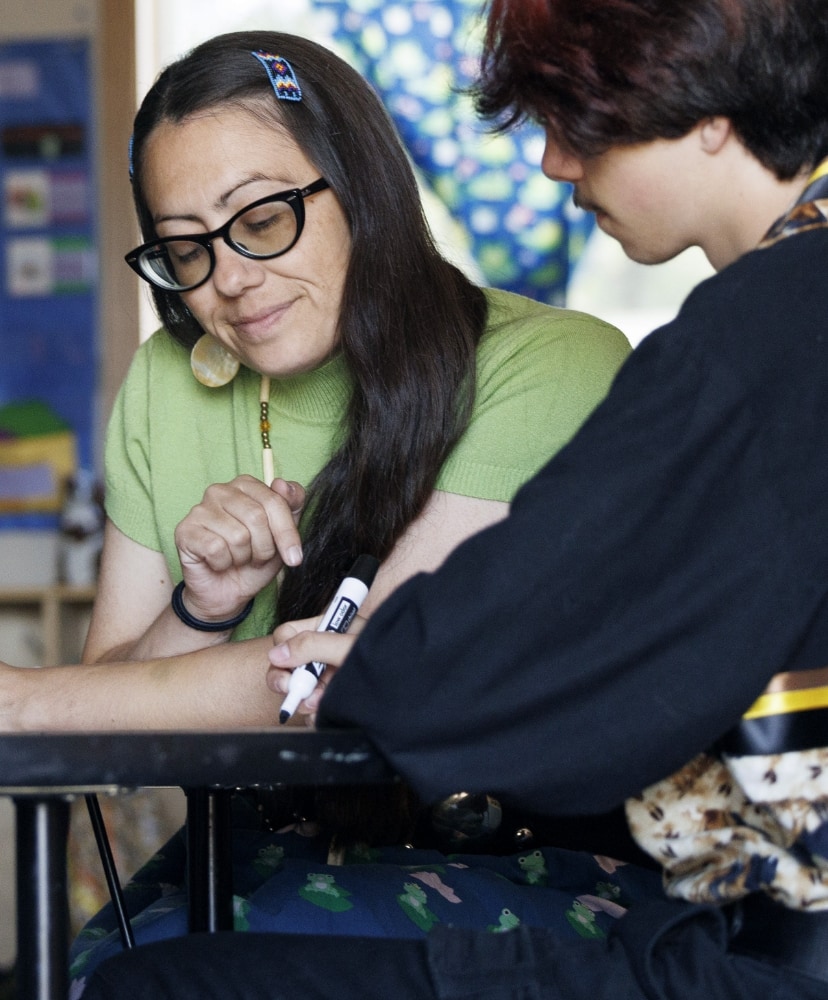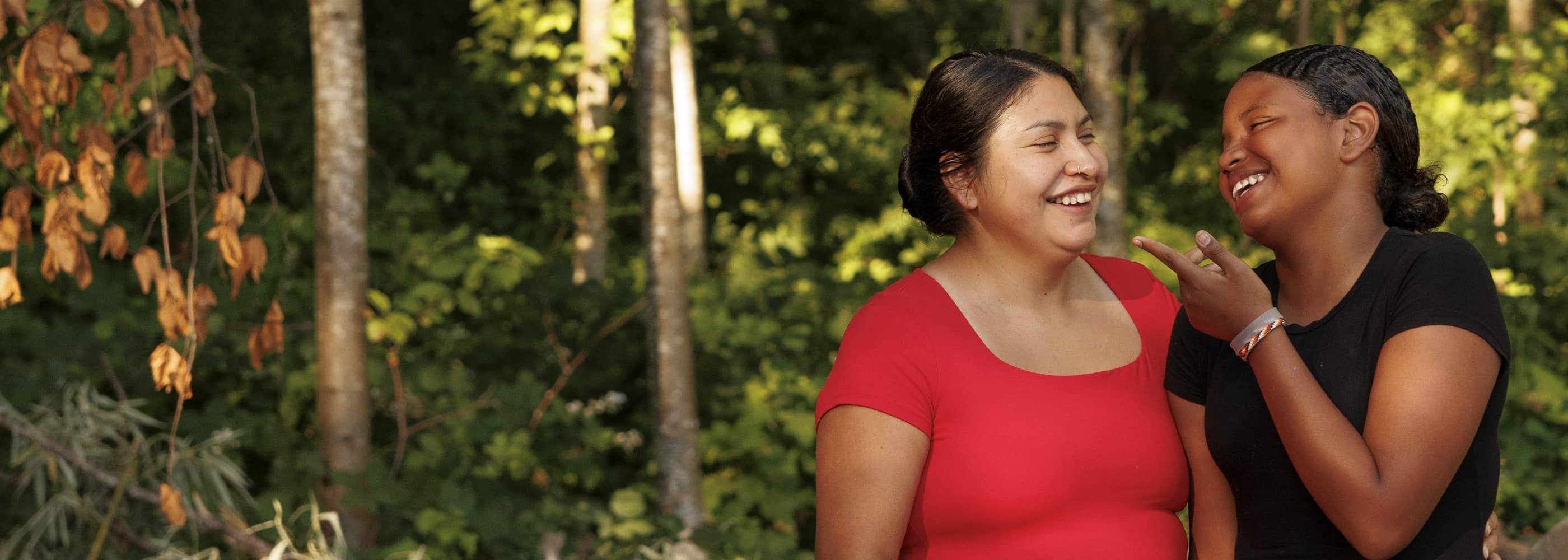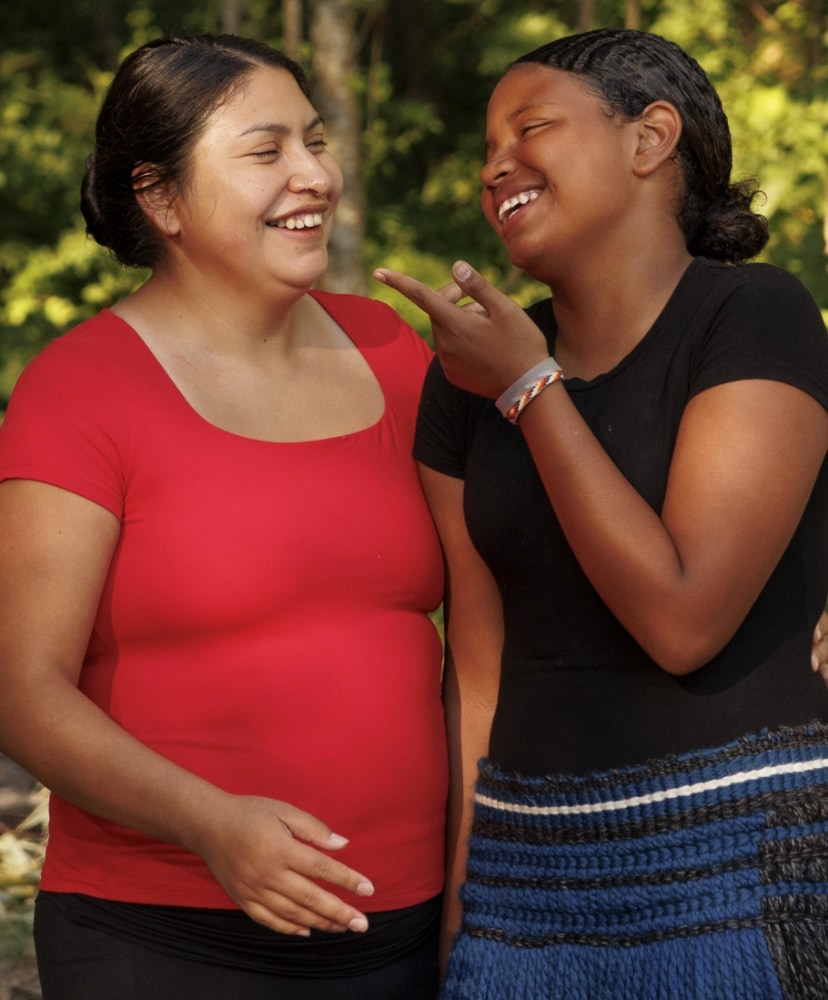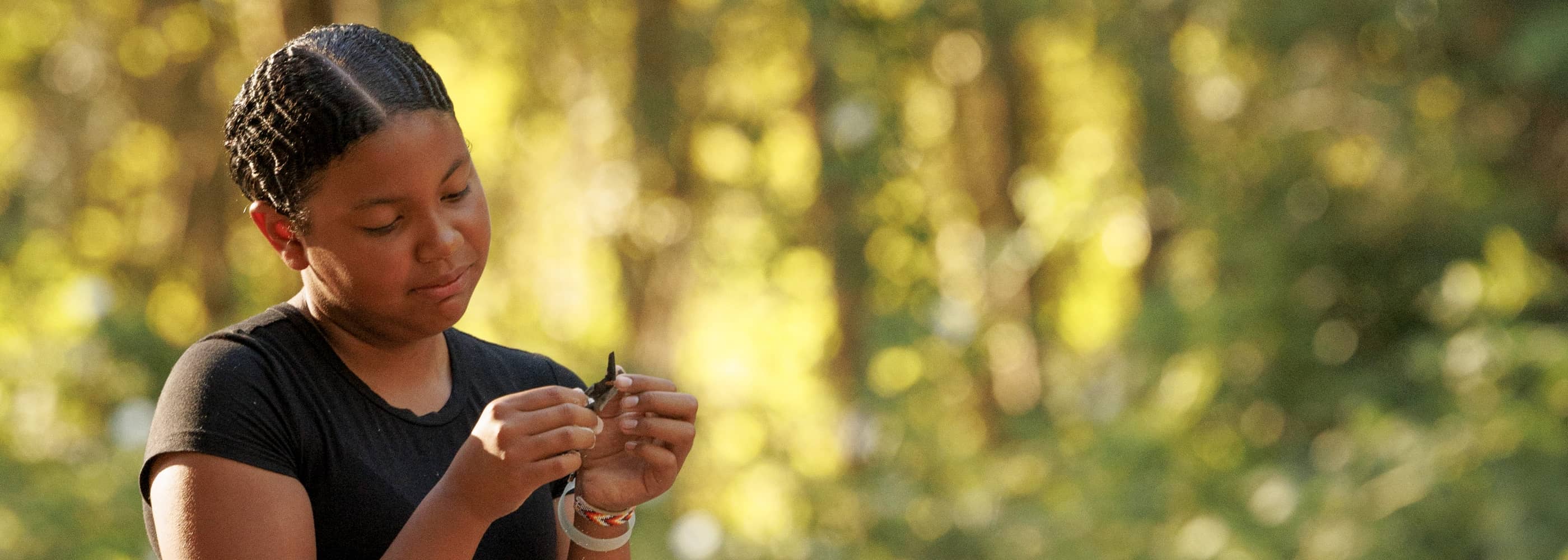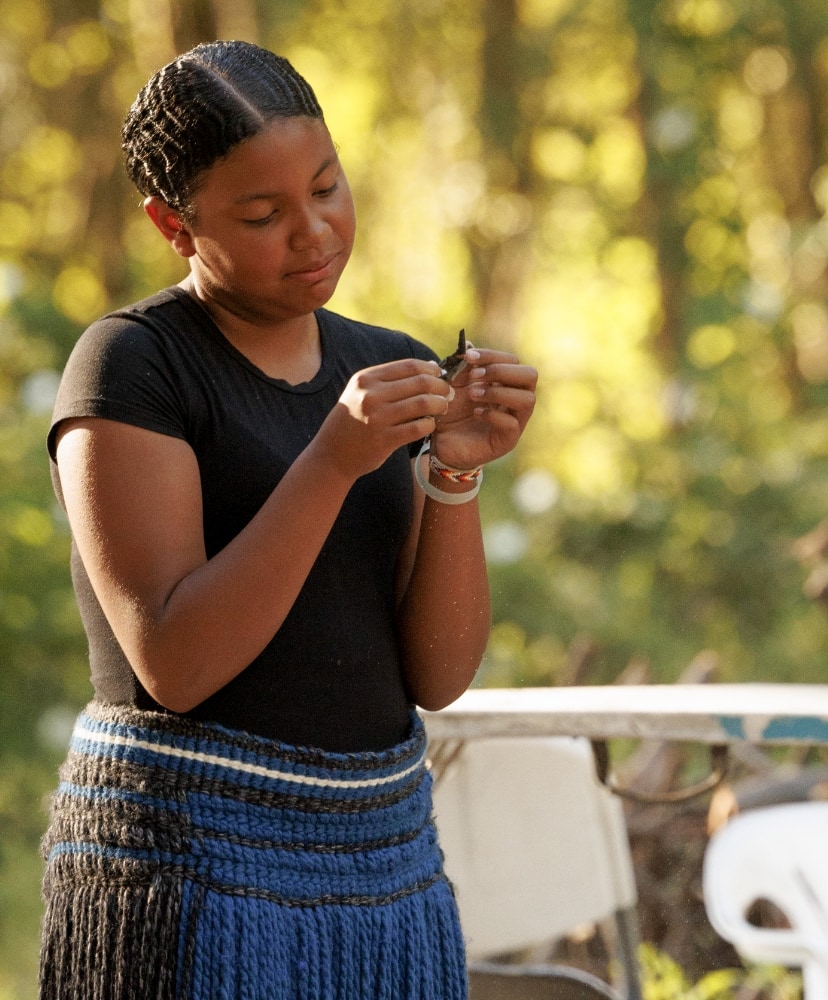Youth
Native young people are learning to protect themselves from fentanyl overdose. Every person in our families, Tribes, and communities can help provide the knowledge, skills, and strength young people need.
- Have conversations that matter. Young people say they want to hear from adults about substance use. Honesty goes a long way.
- Learn to say, "Thanks, but no thanks.” Using drugs is a choice, whether it’s for today or the long term. Here are some ways to opt out.
- Find everyday ways to help as adults. When communities support young people, substance use goes down.
Native young people are learning to protect themselves from fentanyl overdose. Every person in our families, Tribes, and communities can help provide the knowledge, skills, and strength young people need.
- Have conversations that matter. Young people say they want to hear from adults about substance use. Honesty goes a long way.
- Learn to say, "Thanks, but no thanks.” Using drugs is a choice, whether it’s for today or the long term. Here are some ways to opt out.
- Find everyday ways to help as adults. When communities support young people, substance use goes down.
‘I love being your mom’
‘I love being your mom’
Shaliya Hawkins is 11. When she was younger, she lived with her grandma for a while, until her mom was done with treatment for substance use disorder. Now Shaliya and her mom live together again, with a big family and a yard with a trampoline and chickens. Sometimes they talk about those years apart. They’d have visits, play with dolls, go out for mac and cheese. They also talk about what they’re both learning now. That includes having patience when people make mistakes. Shaliya says:
To me, recovery means you’re a better person, and you’re different from what you used to be, from your past mistakes.
Her mom, Hannah Sibbits, told Shaliya:
When I was living in addiction, it was a really bad time. But it led to who I am today. And it helps me teach you how to not make the same mistakes.
Shaliya Hawkins is 11. When she was younger, she lived with her grandma for a while, until her mom was done with treatment for substance use disorder. Now Shaliya and her mom live together again, with a big family and a yard with a trampoline and chickens. Sometimes they talk about those years apart. They’d have visits, play with dolls, go out for mac and cheese. They also talk about what they’re both learning now. That includes having patience when people make mistakes. Shaliya says:
To me, recovery means you’re a better person, and you’re different from what you used to be, from your past mistakes.
Her mom, Hannah Sibbits, told Shaliya:
When I was living in addiction, it was a really bad time. But it led to who I am today. And it helps me teach you how to not make the same mistakes.
When adults talk,
kids learn.
Young people say they want to hear from adults about fentanyl, substance use. And they want the adults to start the conversations. Kids and teenagers have different levels of knowledge or experience with substance use, or none at all. Adults can give them accurate information, avoid judging them or people they care about, and tell them they’re there for them.
HAVING CONVERSATIONS THAT MATTER.
- Be honest.
These conversations include space for different experiences and realities. It's OK for adults who are in recover to talk to young people about avoiding substances. Telling personal stories, including recovery journeys, can be a powerful way to reach young people.
- Share facts about fentanyl.
When young people have accurate information, they can protect themselves. They should know fentanyl is a powerful opioid that’s in the drug supply, commonly mixed with other illegally sold drugs. A tiny amount can cause a fatal overdose. Download this conversation guide.
- Listen.
Kids and teens have their own ideas and experiences. Let them ask questions and talk about their perspectives on substance use, so they get the information they’re looking for and feel included and heard. Keep in mind that some kids will keep experiences to themselves.
‘You can make your own decision’
‘You can make your own decision’
Their mom’s family is from India, and their dad is Native — part of the Cowlitz Indian Tribe. With their different cultures, Meera and Ayasha Forespring’s big family had different ways of talking about substance use. Their dad told them they had relatives struggling with substance use disorder who still deserved support. Meera says:
I’m thankful that Dad would talk about those issues with us in that way, because I think it affected the way that I viewed people.
Now both siblings are students at the University of Washington. With friends and at parties, they have different ways to handle substance use. Meera decided not to use substances at all. Ayasha sometimes does want to take part and makes her own decisions about what, where, and how much. They both carry naloxone with them, in case anyone around them overdoses on opioids. Everyone has the right to opt out anytime, Ayasha says:
At the end of the day, you can make your decision, and you can say no.
Their mom’s family is from India, and their dad is Native — part of the Cowlitz Indian Tribe. With their different cultures, Meera and Ayasha Forespring’s big family had different ways of talking about substance use. Their dad told them they had relatives struggling with substance use disorder who still deserved support. Meera says:
I’m thankful that Dad would talk about those issues with us in that way, because I think it affected the way that I viewed people.
Now both siblings are students at the University of Washington. With friends and at parties, they have different ways to handle substance use. Meera decided not to use substances at all. Ayasha sometimes does want to take part and makes her own decisions about what, where, and how much. They both carry naloxone with them, in case anyone around them overdoses on opioids. Everyone has the right to opt out anytime, Ayasha says:
At the end of the day, you can make your decision, and you can say no.
Making sure the choice is yours.
Using drugs is a choice, whether it’s for today or the long term. It’s important to learn how to opt out, so you can make your own decisions even if others are using. Learning to say no is a useful skill for many parts of life. Nobody’s perfect at it. What matters is making sure your decision is really yours.
Four ways to opt out of drugs.
- Make it clear.
You don’t have to explain. You can just say you’re not interested. “Not today” or “I don’t mess with that” is enough.
- Make an excuse.
If it’s easier, you can put the blame on something or someone else, like saying, “I have class” or “My mom would find out.”
- Make a suggestion.
If you still want to hang out, try changing the plan to something else. Suggest “Let’s play basketball” or “Let’s go get food.”
- Make your way out.
If the situation doesn't feel right, you can just leave. You don’t have to say anything.
‘You already have it’
‘You already have it’
Neomia Battin is 16 and part of the Kalispel Tribe of Indians. Growing up with his family on the reservation, learning what it means to be Kalispel, he knows he always has a place to call home. He knows if a substance-use situation came up, he’d have people to support him. Neomia says:
Knowing everyone’s there for you, it kind of helps you choose the right path and know to stay strong.
Neomia’s auntie Alisha Athos teaches at the Kalispel language school. The walls are covered with illustrations of objects and actions and the Salish words for them — including many frogs, Alisha's favorite. As her students learn Salish, they’re learning their culture, too. She believes this will help them grow up resilient and strong. Alisha has lost people to overdose, and she wants to see her students thrive:
I want them to live long, happy lives. I want to see them when they grow up. When I go to the gatherings, I hope they come out to me and ask me how I’m doing in the language.
Neomia Battin is 16 and part of the Kalispel Tribe of Indians. Growing up with his family on the reservation, learning what it means to be Kalispel, he knows he always has a place to call home. He knows if a substance-use situation came up, he’d have people to support him. Neomia says:
Knowing everyone’s there for you, it kind of helps you choose the right path and know to stay strong.
Neomia’s auntie Alisha Athos teaches at the Kalispel language school. The walls are covered with illustrations of objects and actions and the Salish words for them — including many frogs, Alisha's favorite. As her students learn Salish, they’re learning their culture, too. She believes this will help them grow up resilient and strong. Alisha has lost people to overdose, and she wants to see her students thrive:
I want them to live long, happy lives. I want to see them when they grow up. When I go to the gatherings, I hope they come out to me and ask me how I’m doing in the language.
Surrounding youth with support.
Grandparents and relatives, teachers and coaches, neighbors and elders — every person in our families, Tribes, and communities can do something to help protect Native youth from fentanyl overdose. When communities work together to share knowledge and support, substance use goes down.
Everyday ways adults can help.
- Help young people feel connected.
Teach them to harvest. Mentor them as artists. Remind them they’re valued. What matters is helping young people connect with their cultures, Tribes, and communities. A strong sense of Native identity helps to protect them. Young people who feel supported by their communities are more likely to avoid risky behaviors.
- Be open about mental health.
Like adults, young people might use substances to cope with stress, anxiety, or depression. But good emotional and mental health can help prevent substance use. Talk openly and check in regularly about mental health. Help young people get counseling or other support they need.
- Help kids practice making decisions.
Relationships with supportive adults are important for young people. But kids and teens also have their own lives and, as they get older, more control over their own choices. Help them think through decisions in their lives and ways to talk with others about them. This will help them if they feel pressure to use substances and in many areas of life.
Fentanyl is a powerful opioid drug that affects breathing.
- Doctors can prescribe it for people with severe pain, like after surgery.
- But illegal fentanyl is made without safety rules, and it’s often mixed unevenly into fake pills or other drugs.
- Nobody can smell, taste, or see fentanyl.
Here’s how it works.
Fentanyl attaches to “opioid receptors” in brain cells. This takes away pain and causes happy, calm feelings. That’s why fentanyl is so addictive. The brain wants more of those feelings.
Fentanyl also makes the brain think the body needs less air. So the brain tells the lungs to breathe less. Even a tiny amount of fentanyl can cause an overdose, which is when breathing gets too slow or stops. Learn the signs of overdose.
Medicine called naloxone can reverse an overdose. Naloxone (also called Narcan) replaces the fentanyl attached to the opioid receptors, and the person starts breathing again. Learn more about naloxone.
Fentanyl is a powerful opioid drug that affects breathing.
- Doctors can prescribe it for people with severe pain, like after surgery.
- But illegal fentanyl is made without safety rules, and it’s often mixed unevenly into fake pills or other drugs.
- Nobody can smell, taste, or see fentanyl.
Here’s how it works.
Fentanyl attaches to “opioid receptors” in brain cells. This takes away pain and causes happy, calm feelings. That’s why fentanyl is so addictive. The brain wants more of those feelings.
Fentanyl also makes the brain think the body needs less air. So the brain tells the lungs to breathe less. Even a tiny amount of fentanyl can cause an overdose, which is when breathing gets too slow or stops. Learn the signs of overdose.
Medicine called naloxone can reverse an overdose. Naloxone (also called Narcan) replaces the fentanyl attached to the opioid receptors, and the person starts breathing again. Learn more about naloxone.
